Photography Artist Feature: Vincent Versace
Color is descriptive. Black and white is interpretive.
— Eliott Erwitt Tweet
The question I am asked most frequently is, “How do you know when an image is a ‘black and white’ image?” This is almost always followed by, “So when do you know when to shoot in infrared?”
I admit I have been accused of being a myopic classicist when it comes to infrared photography. I believe that all infrared images should be black and white, but that’s just me. If your aesthetic goes in a different direction, I applaud that choice and look forward to having my vision expanded.
I have never met an image that, upon clicking the shutter, I did not already know the answer to the question, “Is this black and white?” In other words, I have never shot a black and white image that did not tell me it was a black and white photograph at the moment of capture. The answer is a simple one: when the color of the image distracts from the gesture, you must abstract the gesture from the color. To put it more simply, when the color gets in the way of what the image is about, it’s a black and white image.
I ascribe to Jay Maisel’s belief that light, gesture, and color are the key components of every photograph. But which is the most important? Light and color are obvious, but gesture is the most telling. Gesture can be found in everything.
What is gesture? It’s the movement, flow, and position of the subject or objects within the frame. It can be physical, like a hand/paw/wing posture, facial expressions, or the way a flag ripples in the wind. Or it can be visual, such as the flow and direction of lines and shapes, what is or is not in focus, and the patterns that may arise in the image. Gesture can be found everywhere.
Gesture is one of the most important considerations of a photograph as it can convey emotions, mood, and story while adding dynamism and interest to an image. By paying attention to gesture, photographers can create more engaging, memorable, and impactful images. Gestures can also direct the viewer’s eye and lead them through the image, making it a crucial element in composition and visual storytelling.
Let’s look at it another way; when you shoot in color, you get everything at once: the blue sky, the green trees, the bright red sweater of the subject, and so on. What can get lost is the expression of life that inspired you in the first place to want to press the shutter, i.e., there are too many notes in the symphony that is the image. But when you photograph in black and white, you extract the moment of gesture that took you.
As to infrared? Infrared allows you to see the world that lies just outside of our visual grasp. With infrared, we see the spirit of the moment in front of us. That is what compels me to shoot infrared whenever the opportunity permits. It is why I always have my infrared camera with me whenever I am out shooting.
There is only you and your camera. The limitations in your photography are in yourself, for what we see is what we are.
— Ernst Haas Tweet
By proclivity, I am a black and white photographer. It is my first and longest-lasting love. I have been taking pictures since I was seven years old, having bought my first camera in a yard sale—a Nikon range finder—with the two years of saved-up allowance of a seven-year-old. I made my first sale of an image to a newspaper when I was nine. So, falling in love with infrared was easy at that age. It was when I saw the work of Minor White in a book for the first time — puffy clouds against a black sky, glowing white trees, and black water that was both transparent and opaque. I shot my first roll of IR when I was thirteen, having first to save up yet more money to go through the whole song and dance. I shot the roll expecting magic, and what I created was…bupkis. Nothing but a visual mess. At the time, I felt all I did was waste $50 of my then thirteen-year-old life savings.
The face-planting that I experienced with that first roll of IR film did not change my love of infrared; it just caused me to make a long-term decision for a short-term problem. That is, I’ll never do that again. It was not until 2002, when I shot digital infrared for the first time, that the world reopened for me.
I converted my first camera — a Nikon D50 — in 2005 and have never looked back. In the ensuing years, I have converted a camera to every flavor of IR filter. My favorite conversion is 720nm, and I have found that mirrorless cameras are best for infrared photography. I currently have a Nikon Z9 converted to full spectrum, and I use Kolari 720nm clip-in filter. I also have a UV/IR Cut Hot Mirror clip-in filter, allowing me to revert my converted Z9 to a visible spectrum camera when needed.
This conversion approach affords me several advantages. The game-changing advantage of using a mirrorless camera when shooting infrared is the increased versatility mirrorless cameras allow for real-time viewing and adjustments of images. This makes it easier to experiment with infrared photography with a more accurate representation in real-time.
Complicated equipment and light reflectors and various other items of hardware are enough, to my mind, to prevent the birdie from ever coming out.
— Henri Cartier-Bresson Tweet
I have two Nikon Z9s. One has a full-spectrum conversion with a 720nm filter. I keep a hot mirror filter handy for when I need to run two visible spectrum cameras. When I am in the field or on a film set, I move at the speed of life. I frequently do not have time to think about the nuances of two different camera systems. I also want the maximum amount of megapixels I can get when shooting infrared. In addition, I have picture control in my IR camera set to monochrome. This just makes it easier to see what’s happening when I am in the photographic hairball.
With regard to lenses, I basically use two: the 24-120mm S series and the 100-400mm S series. Slower lenses are better for infrared than faster lenses, so a lens with a minimum aperture of f/4 is a benefit. I never stop down when I shoot infrared.
In addition to the gear mentioned above in my bag, I have a 24mm, 28mm, 35mm, 50mm, 58mmMC, 85mm, 105mmMC, 24-70mm f/4, 24-70mm f/2.8, 28-200mm, 70-200mm, 100-400mm and an f/1.4 TC. All of my lenses are Nikon lenses. I use either Nikon UV filters or Heliopan UV filters on all my lenses and the H&Y Split gradient filter system. I also use Hoodman CF cards, a Hoodman Loupe, and a Calibrate Color Picker Color checker.
You just have to live and life will give you pictures.
— Henri Cartier- Bresson Tweet
The best advice I can give is don’t take pictures. Be taken by your pictures. Go out, and be open to the world in front of you. When you hit the end of the walk, turn around, walk back the other way, and marvel at what is different in both directions.
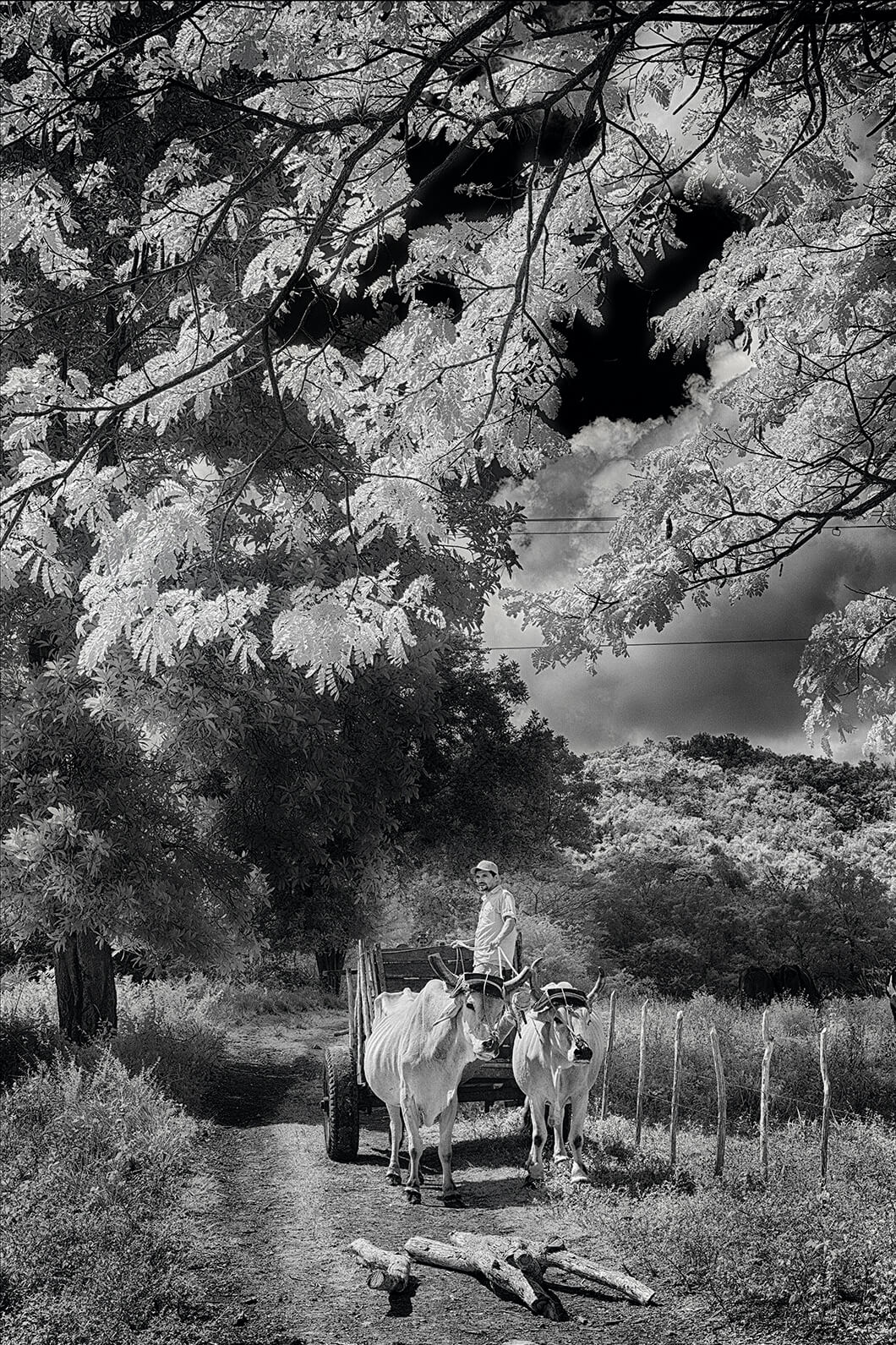
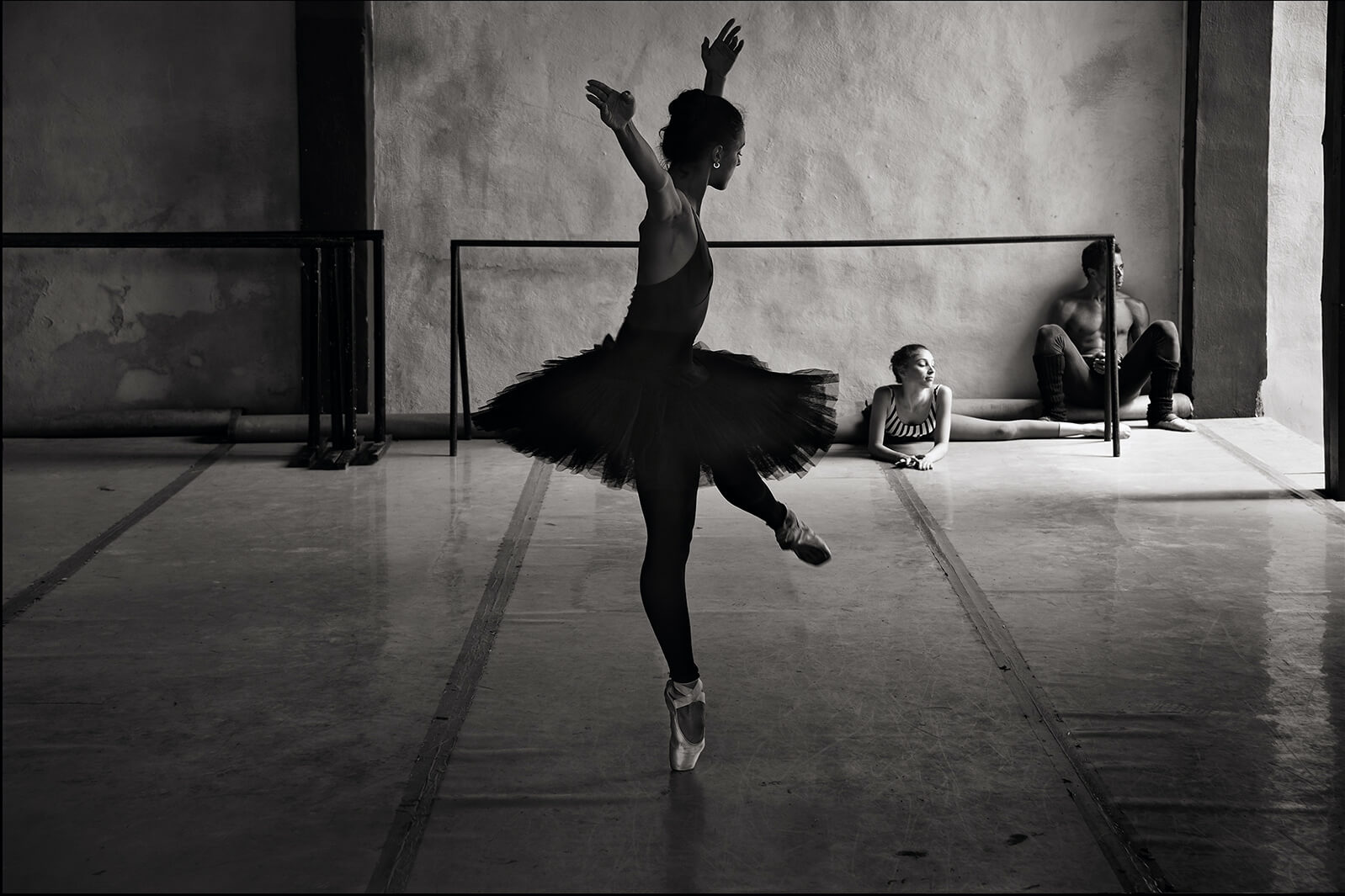
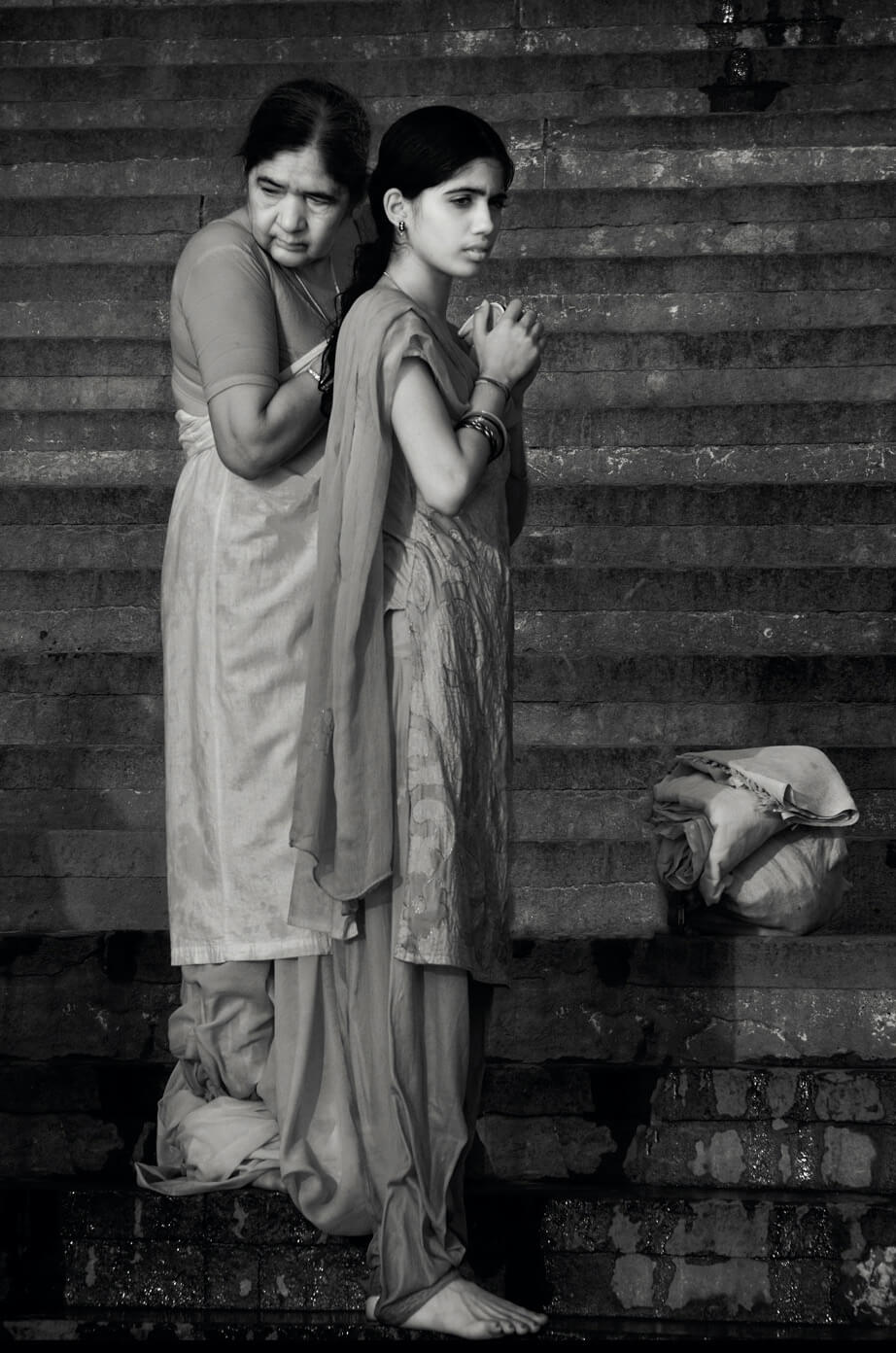
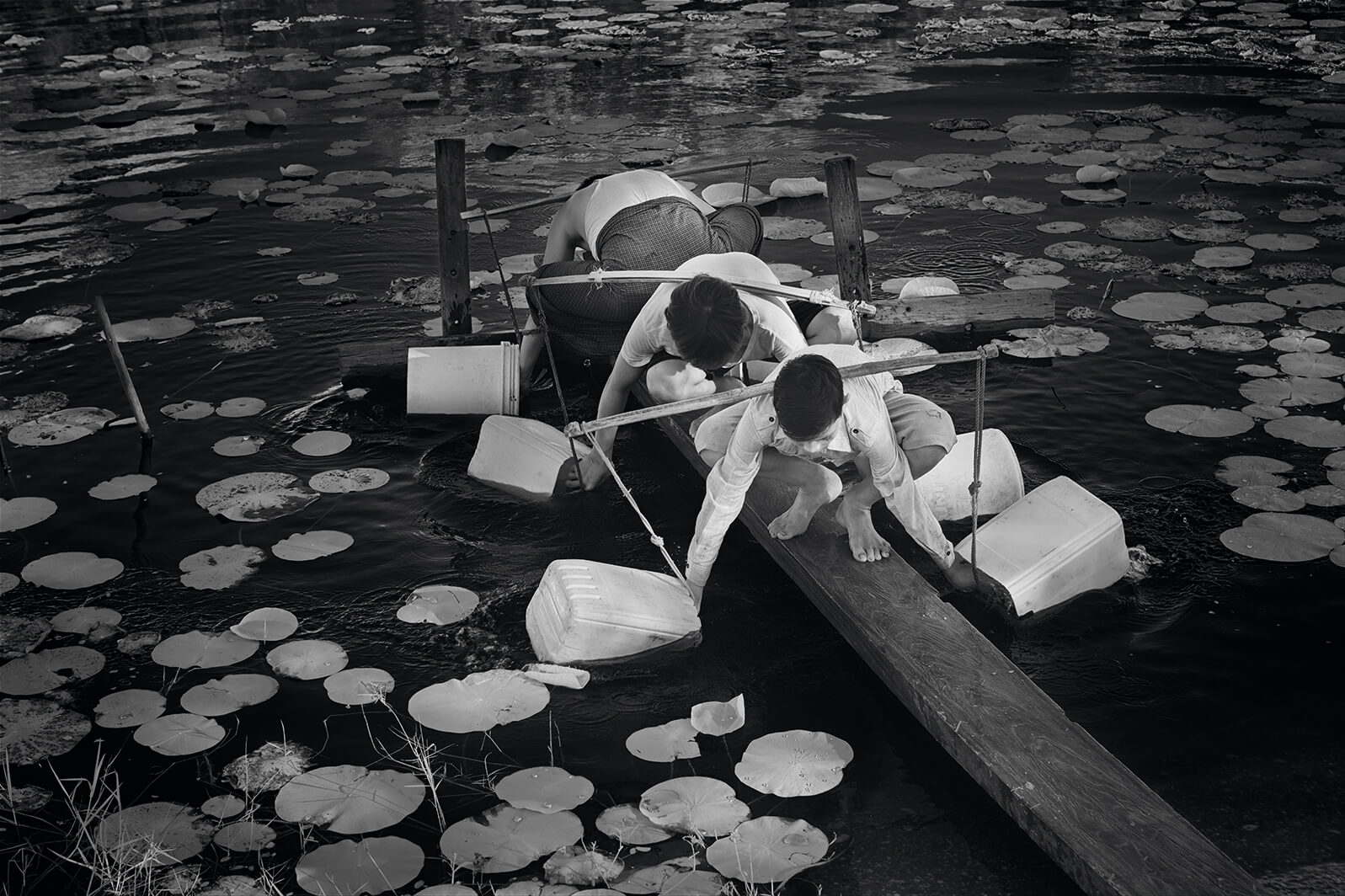
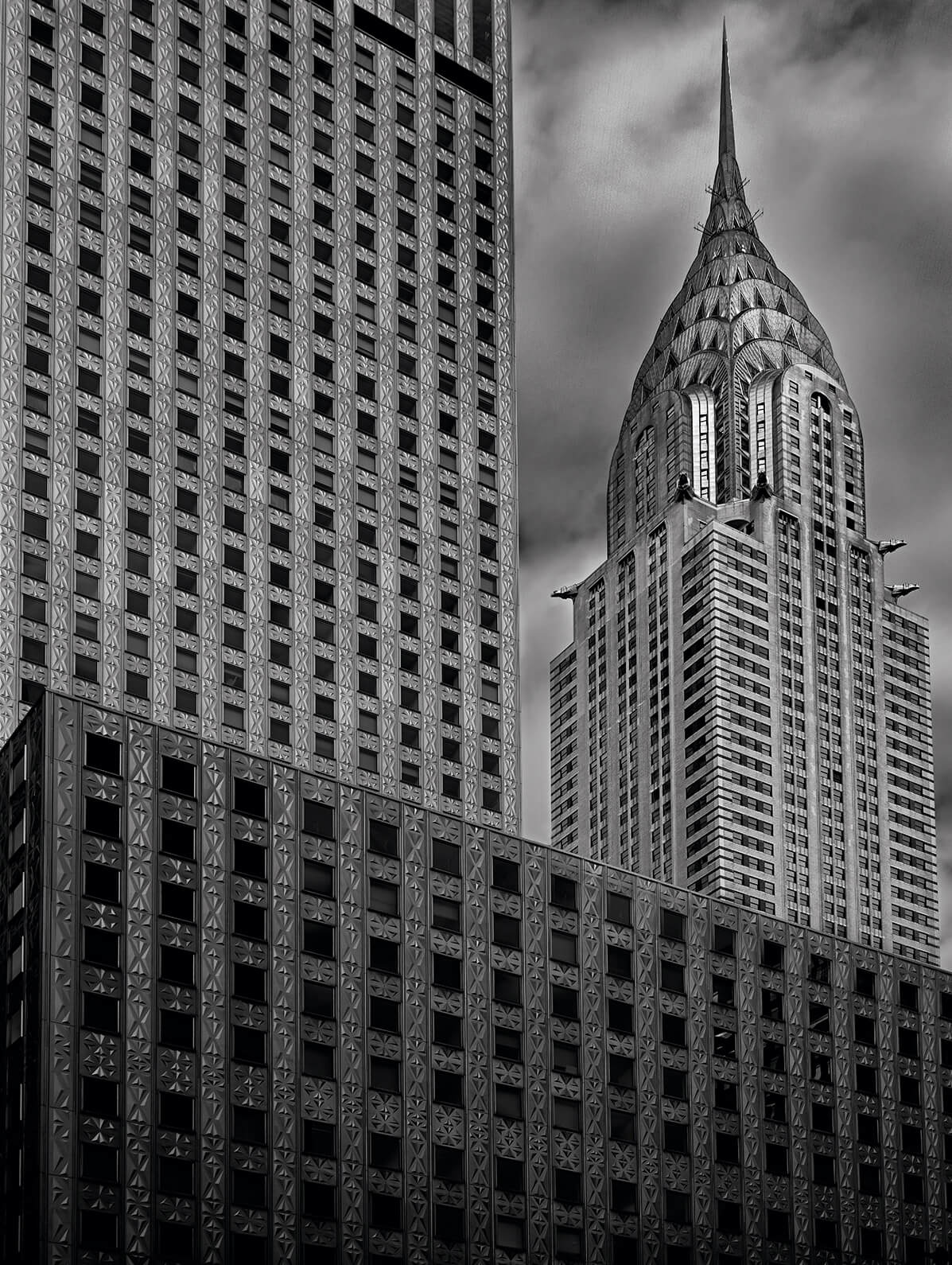





One Response
Stunning work, I also think B&W are the true vision of IR photography.